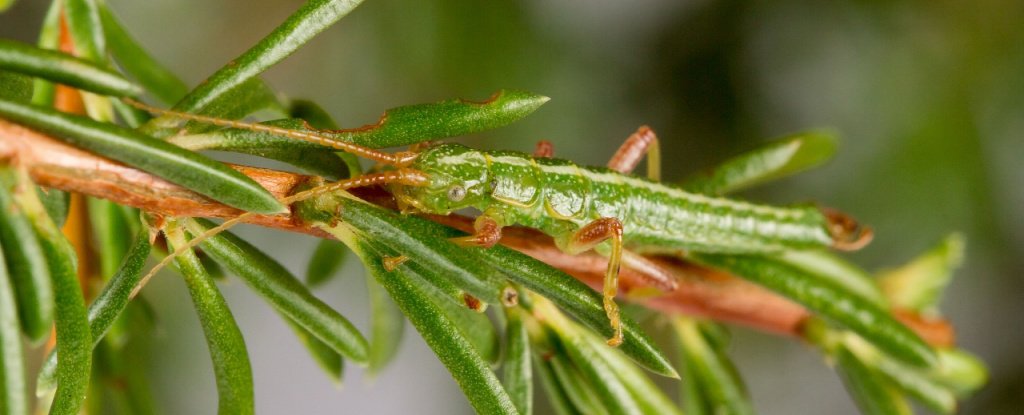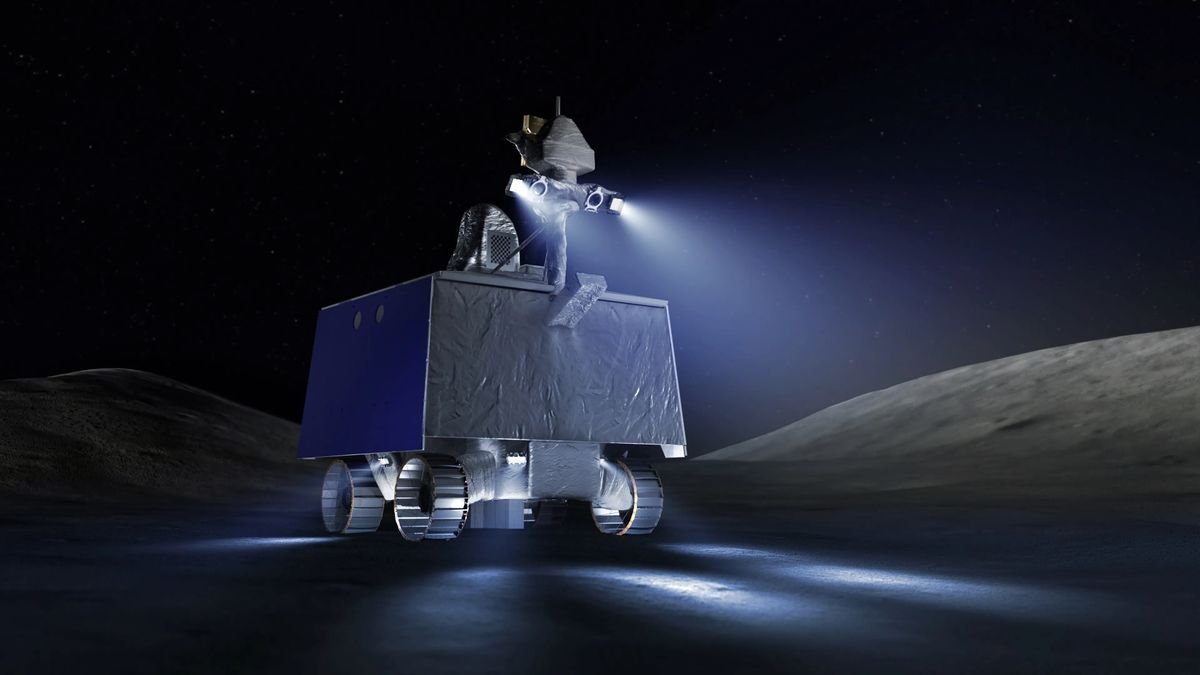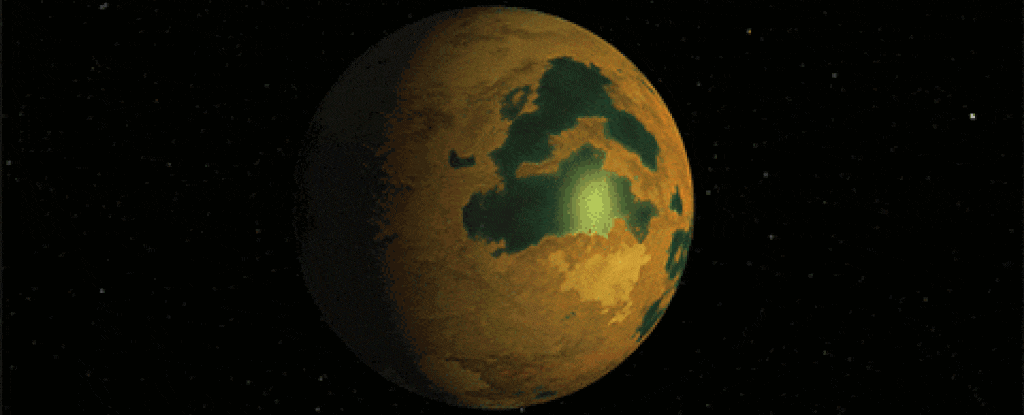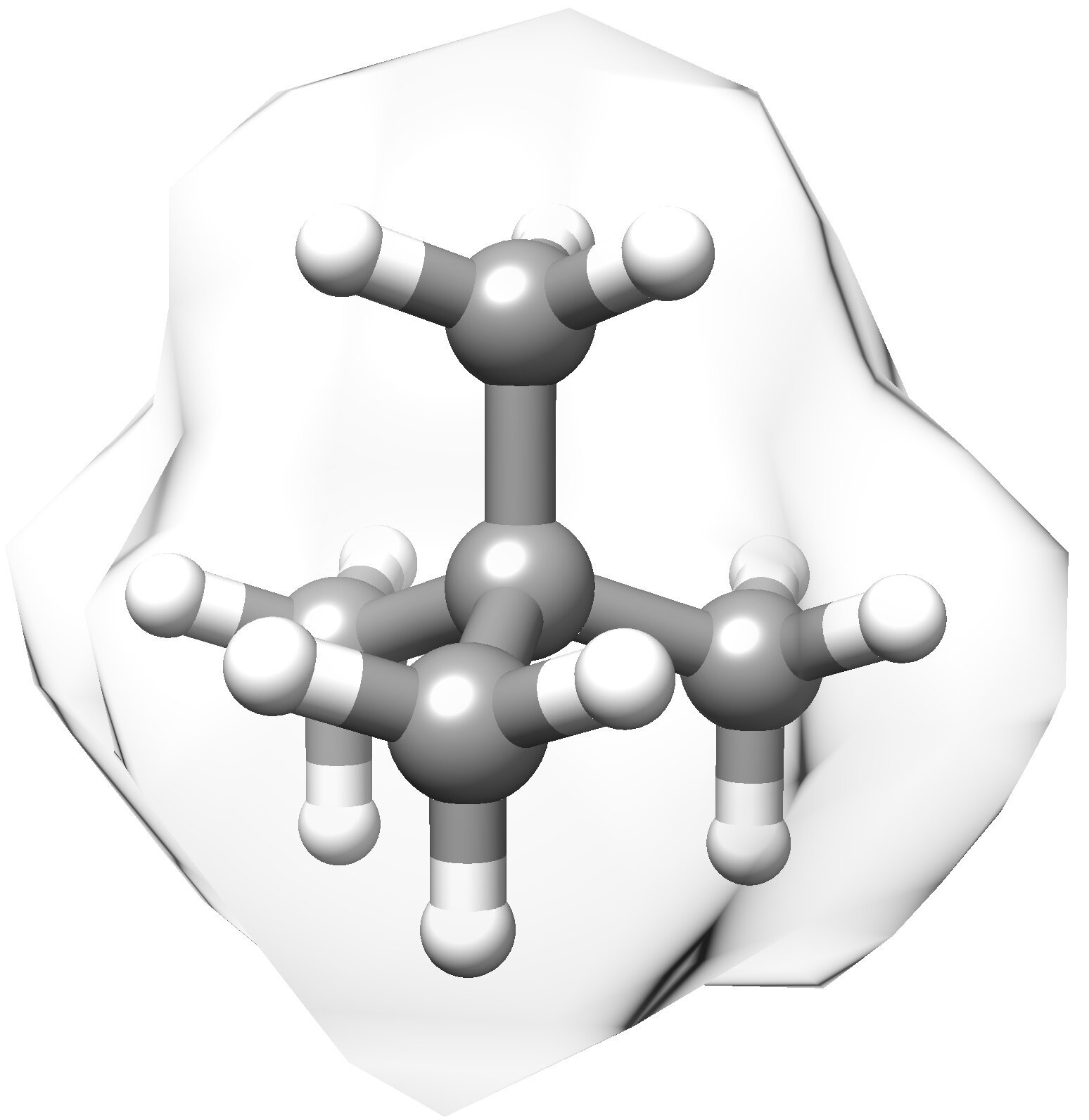Evolution is often thought of as a haphazard process acting on an assortment of traits that randomly appear through genetic variation.
So much so that if we were to wind back the clock on evolution and “replay the tape of life,” the late paleontologist Stephen Jay Gould said, he doubts “anything like Homo sapiens would ever evolve again.”
But a new study of stick insects suggests that evolution may sometimes repeat itself in a predictable manner, which could help our understanding of how organisms may change in response to selection pressures.
Patrik Nosil, an evolutionary biologist at the French National Centre for Scientific Research, and colleagues studied the camouflage patterns of stick insects, primarily Timema cristinae. With 30 years of field study data from 10 separate locations, they found repetition is a key part of stick insect evolution.

Since the 1990s, Nosil and colleagues have been netting the flightless insects from along roadsides in the mountains near Santa Barbara, California.
Three distinct varieties of T. cristinae camouflage themselves, either with white stripes or a plain green color to match their favored host plants, or a rarer darker shade. The stick insects only lay eggs once a year, so each year in the study represented a new generation of stick insects, without overlap.
With more than 32,000 insects netted and cataloged, the team could tease apart the trends – finding that in all 10 of the geographically separated populations, the frequency of green and striped stick insects cycled year to year in a predictable way. If stripes became less common one year, they increased the next, and vice versa.
However, the proportion of rarer, dark-toned insects, which blend into the forest floor, stayed fairly low and stable over time.
“Our results imply that evolution is both repeatable and complex for the same trait,” Nosil and colleagues write in their published paper.
The findings are reminiscent of past studies trying to understand why evolution keeps making (and unmaking) crabs, with their side-scuttling body plans, hardy shells, and outsized claws. Research has also shown that other organisms, such as stickleback fish, have a similar tendency to evolve the same traits again and again.
However, most of those findings are from studies of one or a few populations, or short lab experiments that aren’t long enough to capture the emergence of genetic mutations that might give rise to useful traits.
This new study harks back to decades-old questions of determinism and chance in the history of life, but it could have future implications too. Scientists not involved in the work think that understanding that evolution sometimes works in predictable ways could help researchers predict how organisms change and therefore manage populations.
But since Nosil and colleagues only looked at T. cristinae and its relatives, they can only speculate how the results may differ in other taxa or if evolution is similarly predictable in other parts of the animal kingdom and plant world, too.
There certainly seems to be a stack of examples now, from moths and butterflies to fish, finches, sheep, and deer, of species following predictable evolutionary paths, returning to tested traits that help them survive.
The study has been published in Science Advances.










